ARaymond Mobility designs smart solutions that improve ergonomics and serviceability, save space, and allow for late customization on the automotive assembly line. Whether for passenger cars or commercial vehicles, ARaymond has the solution for the assembly and integration challenges. The world is changing. Trends like e-mobility, autonomous vehicles, and car sharing are reshaping the global automotive industry. ARaymond brings more than a century of experience to today’s complex assembly and integration challenges. ARaymond partners with the customers from the very first stages of the design process to come up with value-creating assembly solutions.
In the realm of electric vehicles (EVs), the challenge of efficiently connecting battery modules is a pressing concern. At the heart of this evolution is the expertise at ARaymond Mobility. Spearheading this transformation at ARaymond is Vincent Lin, High Voltage Electrical Interconnect Engineer at ARaymond and an expert with a history of developing high-speed and high-power connectors for high-voltage applications.
Vincent has previously worked at many well-known connector companies, where he innovated the DisplayPort connector to become the industry standard. His specialty, however, also lies in high-power electrical interconnect for EV battery modules. Lin’s mission with ARaymond resonates with the company’s long-standing reputation: leading the automotive fastening and assembly domain, emphasizing ergonomic, secure, and durable assembly processes. As the age of electrification dawns, ARaymond’s collaboration with automotive giants ensures simplified EV system architectures that are robust and designed using the latest engineering simulation tools.
Traditionally, solid bus bars were used for connecting and integrating EV battery pack modules, particularly for module-to-module connections. These copper bus bars, although standard, have several challenges:
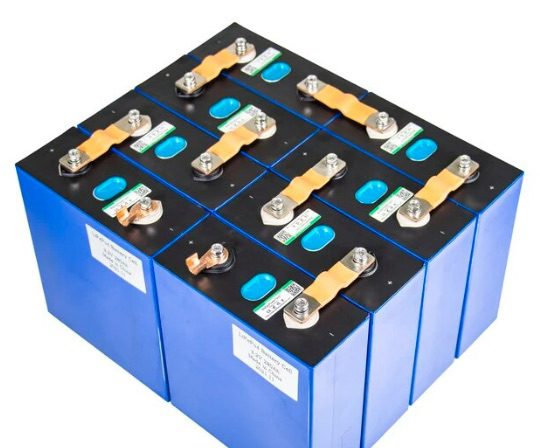
Moreover, these module-to-module bolted busbars required additional components, such as spring washers, to counteract the issues stemming from vibration and thermal expansion, further adding to cost and supply chain requirements.
Vincent and his team discovered SimScale, a cloud-native engineering simulation platform for engineers. The software, equipped with CFD, FEA, and harmonic analysis, was a revelation to the team because of its ease of use, cloud-native access, and team collaboration features.
ARaymond developed a revolutionary product to address the challenges described above of traditional connectors in electric vehicle batteries. The new flexible module-to-module connector is a quick and reliable solution for electrical interconnection between modules and busbars for EV/battery packs and has the following advantages:
Now we can innovate and test all the core functionalities (thermal, structural, and electrical) of the new high-voltage battery connector. We could not have developed this new product so fast without SimScale.

Vincent Lin
MOBILITY | High Voltage Electrical Interconnect Engineer at ARaymond
Notable specs include a contact resistance of 80 micro-ohms from end to end, a voltage rating above 800V, and a current rating of 400 amps under natural convection conditions — all engineered to be resilient even under extreme vibrations. The product has operating temperatures of between -40℃ and 125℃ and passes the extreme vibration compliance test to USCAR-2-V4 class Performance Specification for Automotive Electrical Connector Systems. This standard has procedures included within its specification that are intended to cover performance testing at all phases of development, production, and field analysis of electrical terminals, connectors, and components that constitute the electrical connection systems in road vehicle applications.
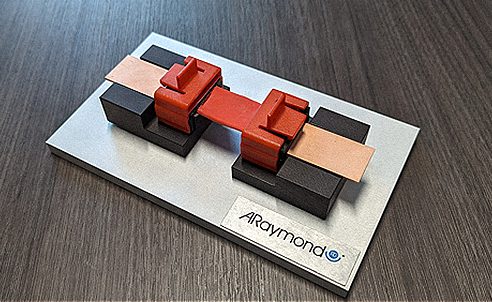
Vincent used SimScale from the earliest stages of design. They used a CATIA CAD model imported as an STP file that is easily imported into SimScale. An oft-quoted standout feature by Vincent has been SimScale’s CAD associativity. With each CAD revision and its subsequent import into SimScale, the platform remembered the prior simulation parameters, boundary conditions, and geometry contacts/parts, effectively saving precious hours of work. On the structural analysis, Vincent remarked:
SimScale’s automesh technology dramatically reduces engineers’ time on meshing the model. Although it is a quick auto mesh, it also has a very easy refinement method to control and modify the mesh. It is the best I have ever seen compared to other FEA meshing software. With a very easy-to-navigate user interface, you can use it directly with little previous FEA experience. That is a huge benefit to implement a new FEA software for the team.

Vincent Lin
MOBILITY | High Voltage Electrical Interconnect Engineer at ARaymond
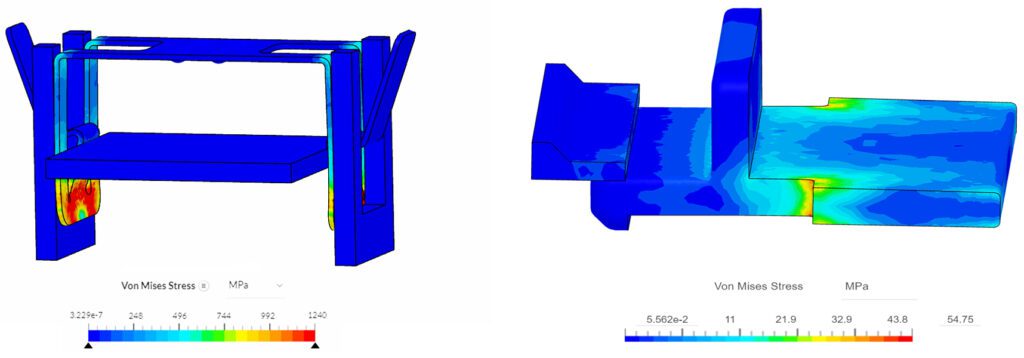
SimScale was used extensively to analyze the performance of the new designs including:
The subsequent step is validating SimScale’s simulated performance predictions with real-world laboratory tests, an ongoing exercise.
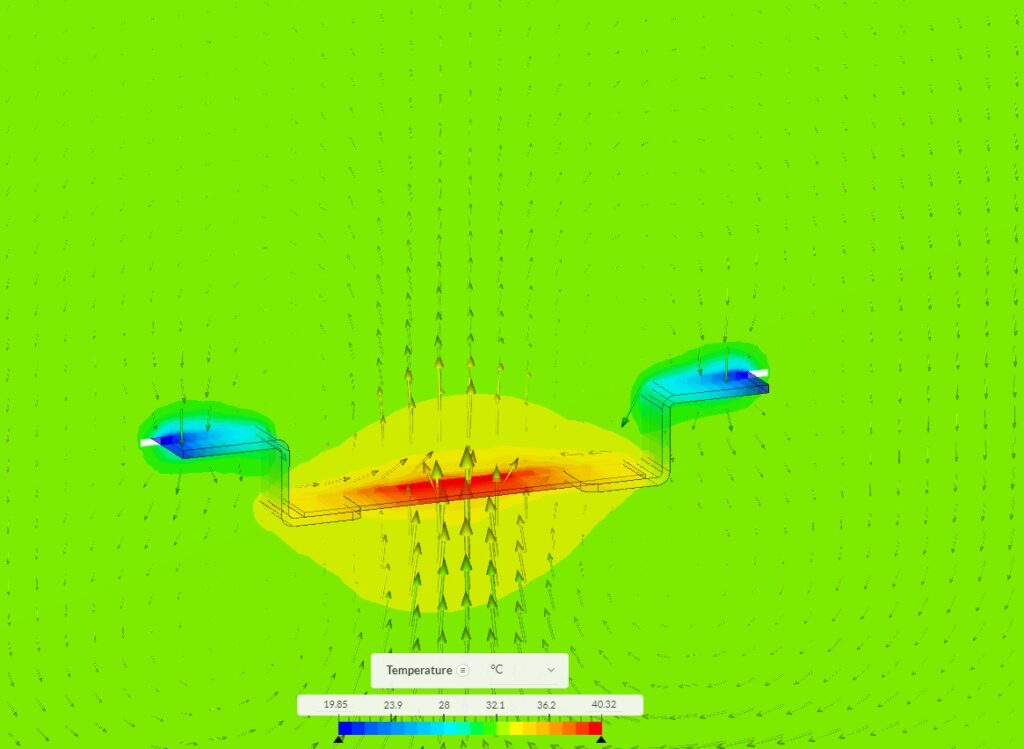

We did a Joule heating simulation to check the resistance and current density through the connectors. Not a lot of CFD software has the Joule Heating module included and it was significant for us that it comes in SimScale. The simulations are very reliable and match our expectations and estimation. The software is easy to use and it’s a game changer to be able to do multiple types of physics analysis using a single CAD model in one platform with a simple workflow. The meshing was always tedious beforehand and is now automatically generated using SimScale. With the cloud computing ability, it also frees up our laptops and time on simulation. Engineers can set up multiple simulation jobs and let them run online. At the same time, we can continue to work on design projects. This was the reason our team was able to develop this interconnect system so fast.

Vincent Lin
MOBILITY | High Voltage Electrical Interconnect Engineer at ARaymond
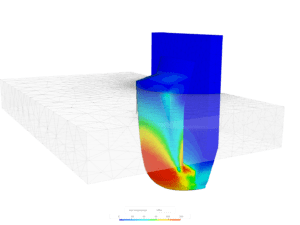
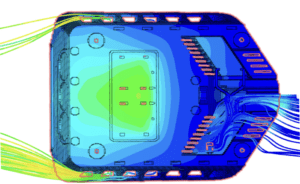
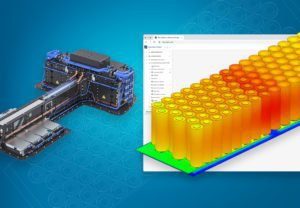
Sign up for SimScale
and start simulating now